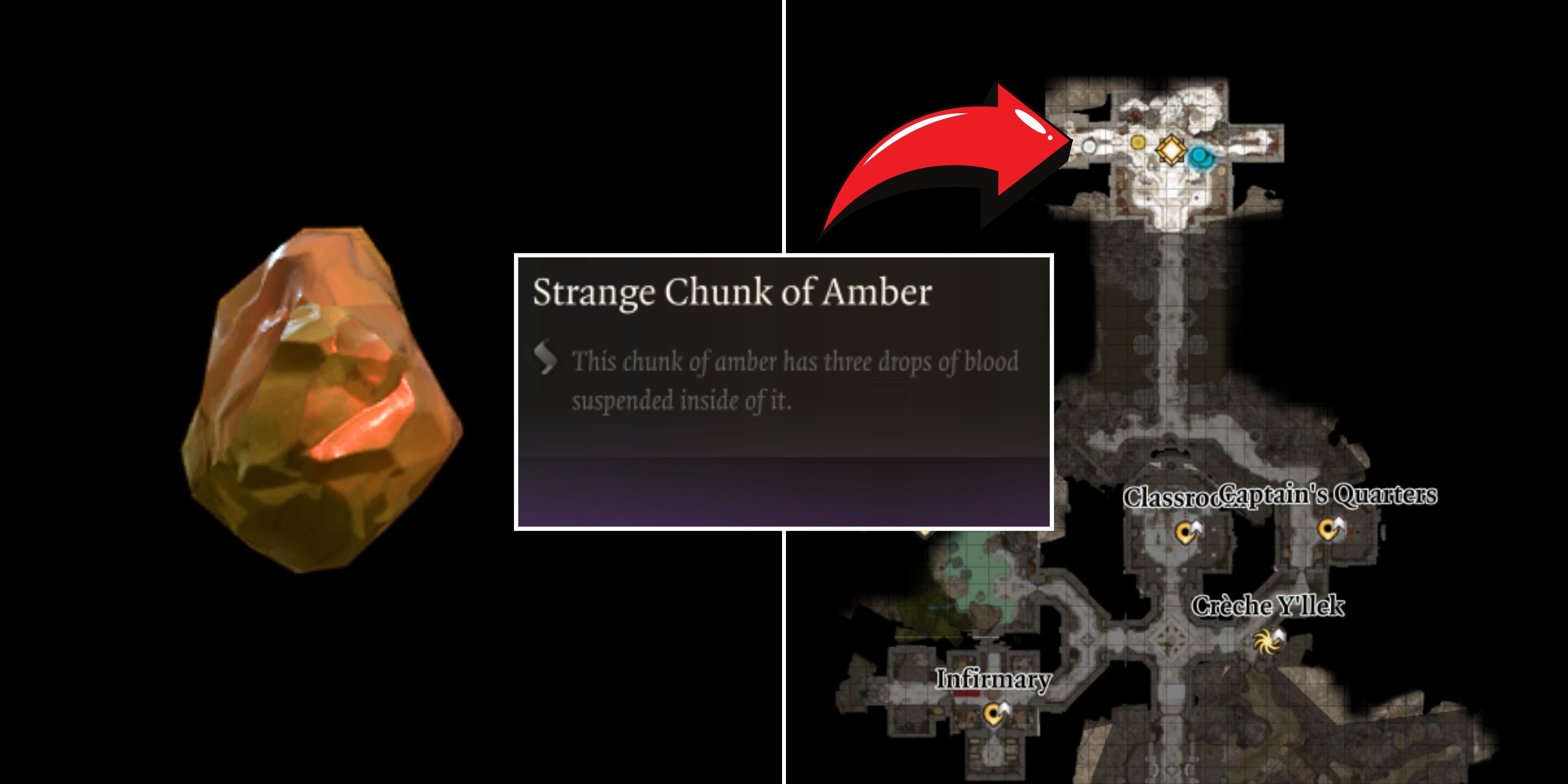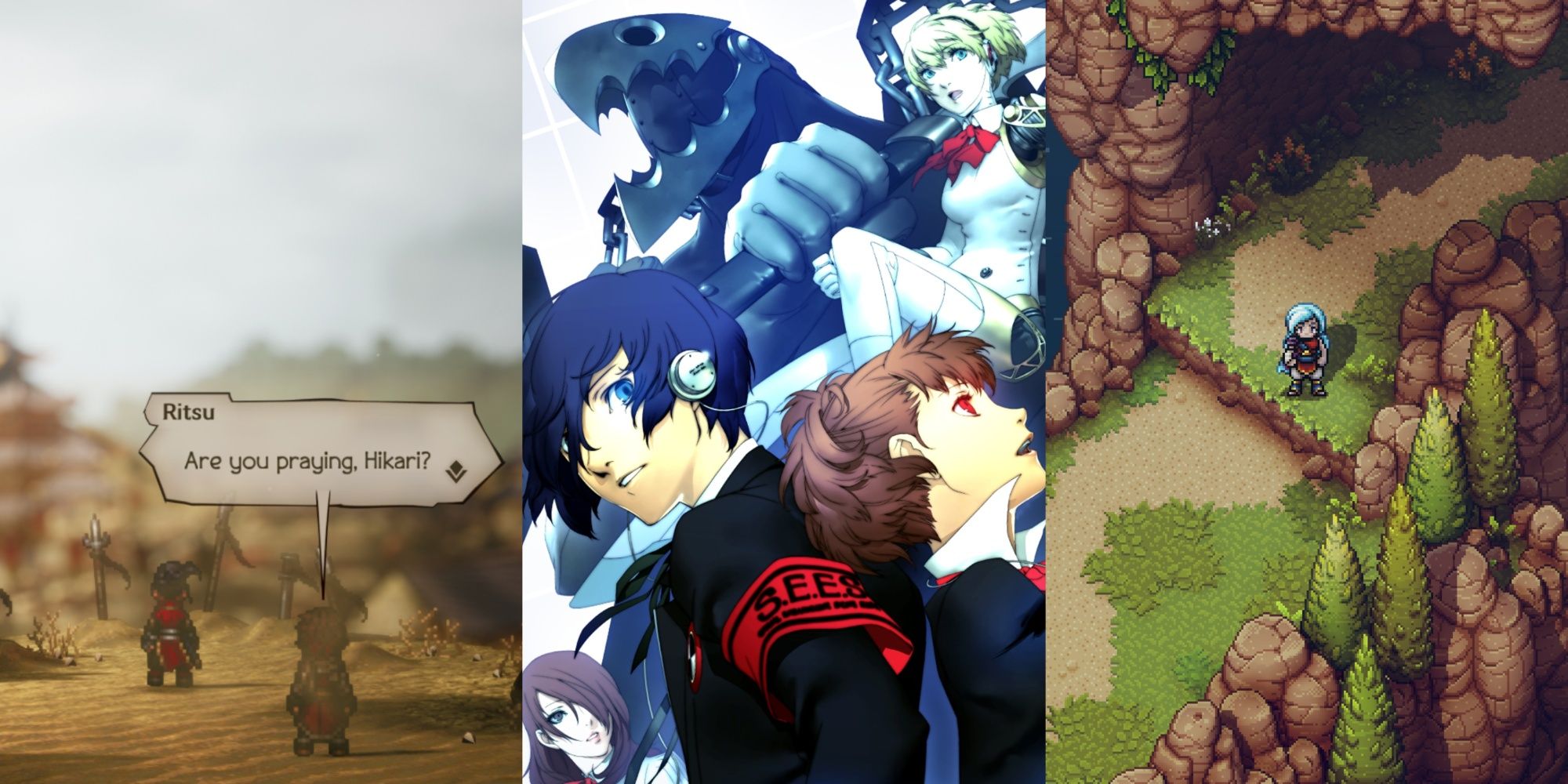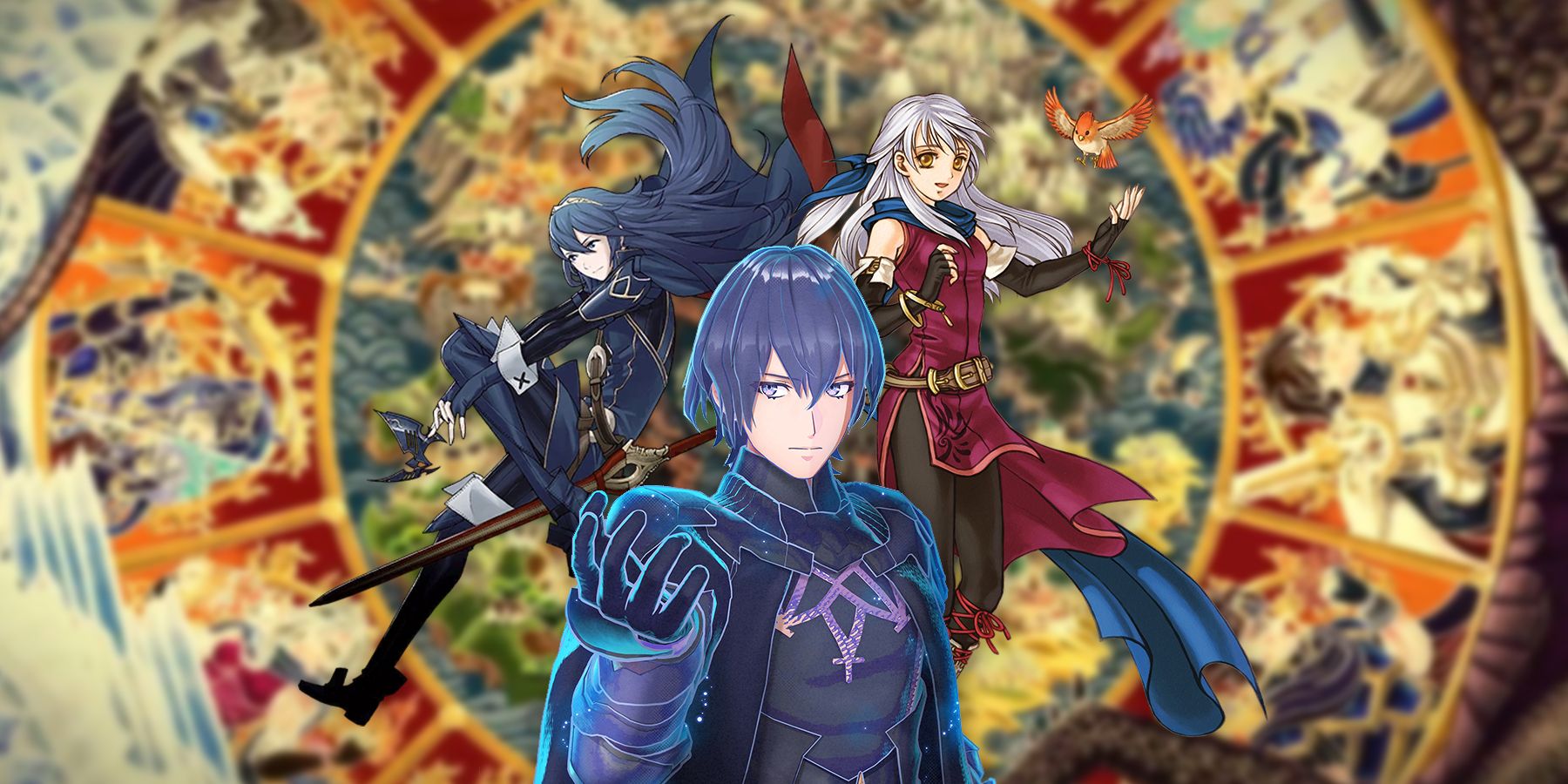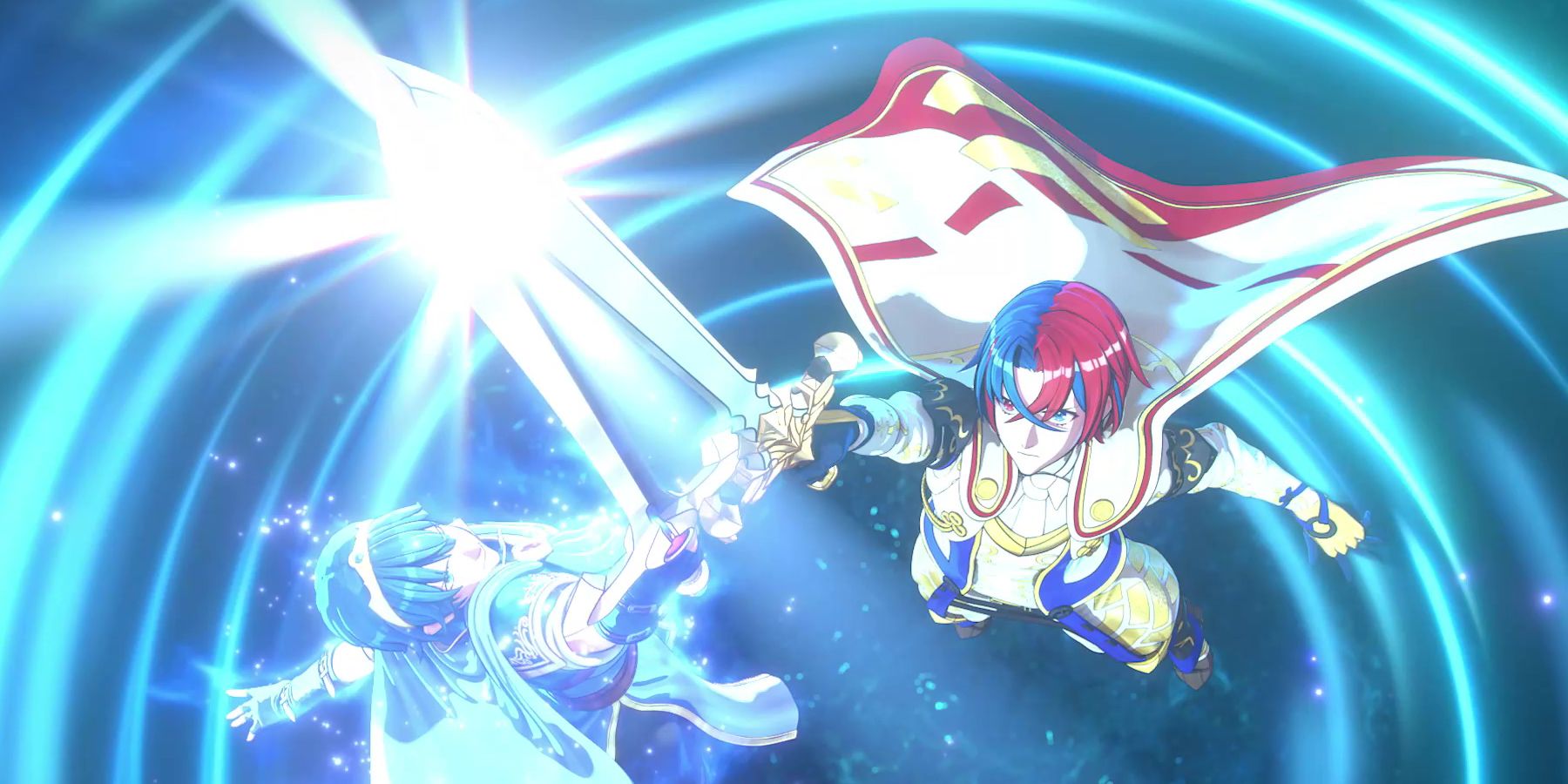Fire Emblem Engage is packed with lots of details from the series' history for both newcomers and veterans to enjoy. The addition of legacy characters serving as Emblems is a great way to introduce newcomers to older entries in the Fire Emblem franchise, and they act as fan-service for veterans excited to deploy their favorite heroes once again. While the game could simply stop there, Fire Emblem Engage goes all-in with Emblem heroes by giving them attacks and abilities based on their original games, further justifying them as a core mechanic.
With 12 rings representing each of the major mainline entries in the series that have their own unique mechanics, there are a lot Emblem Ring combos for players to build their strategy around. As players start to become familiar with the skills of each Emblem, newcomers may be curious as to why certain Emblems have the abilities they do. Regardless of a player's history with the series, the inclusion of these details in the Emblems' skill sets is a great way to entice players to check out their original games.
Emblem Heroes with Unique Skills Reference Their Home Games
While each Emblem's attacks and abilities reference their original game in some capacity, there are a few that stand out as truly unique and add the most variety to Fire Emblem Engage. One such example is Emblem Eirika, who originally appeared as one of two protagonists in Fire Emblem: The Sacred Stones. Much like how the original game's story is split between two protagonists, Eirika shares her place within the Ring of the Azure Twins with her brother Ephraim, letting players switch between them during combat. This unique mechanic allows players to swap the Sync Skills offered by either Hero to suit their needs on the battlefield.
While swapping between two Heroes is unique in its own right, Emblem Byleth offers players an even more diverse strategy with access to a total of 10 different weapons that change depending on the unit type he's equipped with. Each weapon represents one of the Relic weapons from Fire Emblem: Three Houses, including his iconic Sword of the Creator. Additionally, Byleth has the Sync Skill Divine Pulse, which gives a 50 percent chance for a missed hit to turn into a successful hit, a reference to the mechanic from his home game that allows players to turn back time and retry a failed action.
Emblem Micaiah's Engage Attack is less of an attack and more of support move, but it references a key aspect of her character. In her home game Fire Emblem: Radiant Dawn, Micaiah is known as a Branded: a child of a beorc and a laguz, two races at odds with each other within the game's universe. This heritage grants her the ability Great Sacrifice, which allows Micaiah to sacrifice all but one of her HP to heal all allies. This returns as a skill in Fire Emblem Engage with the same high risk/high reward effect for players to strategize around.
One of the most obvious callbacks for long-time Fire Emblem fans is Emblem Lucina's Sync Skill Dual Strike, which allows the equipped unit to participate in chain attacks without needing to be of the Backup unit type. This is a reference to Fire Emblem Awakening's Pair Up mechanic, which allowed two units to act as one, occupying a single tile while both participating in attacks against enemies. Lucina's Engage Attack, All For One, builds upon this reference by allowing all allies within two tiles to participate in one big chain attack, iterating upon the Pair Up mechanic first introduced in her home game.
Fire Emblem Engage is available now for Nintendo Switch.





